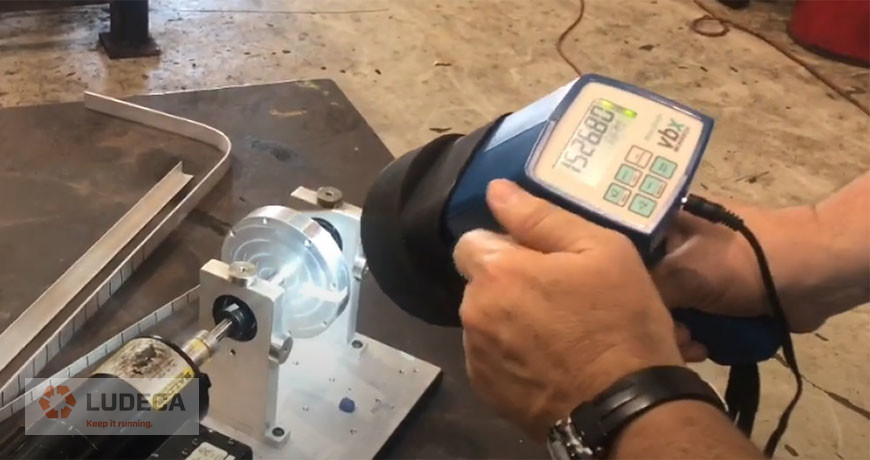
How Stroboscope Works: Fascinating Insights and Applications
Share
The stroboscope, often referred to as a 'strobe light', is a mesmerizing device used across various fieldsfrom photography to physics. If youre a tech professional or enthusiast, understanding how stroboscope works is essential. It not only illuminates the dynamics within objects at high speeds but also provides profound insights into various applications.
In this article, well delve into the science behind stroboscopes, their workings, and their practical applications in modern technology and entertainment.

Understanding the Basics of Stroboscopes
A stroboscope operates by emitting flashes of light at regular intervals. These flashes can illuminate an object while its motion is captured. The term 'strobe' comes from the Greek word strobos meaning to whirl. But how does this mechanism allow us to perceive movement in slow motion?
When you flash a strobe light onto a moving object, if the timing is just right, it appears to stand still or move slowly. This is due to a phenomenon known as the 'stroboscopic effect'. Its similar to how we see fast movements, such as the blades of a helicopter, appearing as if they are frozen. This application finds utility in many fields, such as sports analysis and machinery diagnostics.
The Science Behind Stroboscopes
To understand how stroboscope works, one must appreciate the principles of light and motion. When light is emitted in quick bursts, our eyes can only perceive the light emitted during certain intervals based on our brain's processing speed. This creates the illusion of slow motion or freezing motion.
Typically, a stroboscope has a frequency control, allowing users to adjust the rate of light flashes. This frequency, measured in Hertz (Hz), dictates how often the light blinks. At specific frequencies, the perceived motion of the subject aligns with the frequency of the strobe, creating an optical illusion of complete stillness or very slow motion.
Application of Stroboscopes in Various Fields
Stroboscopes have a variety of applications across different sectors:
- Industrial Measurement: Machinery maintenance often requires precise speed measurement. Stroboscopes help monitor the speed of rotating parts such as shafts, belts, and wheels.
- Sports and Motion Analysis: Coaches frequently use stroboscopes to analyze athlete movements, providing valuable feedback to improve performance.
- Entertainment: In the world of entertainment, stroboscopes are crucial in creating mesmerizing light shows and visual displays.
- Medical Fields: Stroboscopes can assist in visualizing fast-moving bodily structures, such as the beating of the heart.
How to Use a Stroboscope
Using a stroboscope effectively involves setting it up correctly. Here are a few parameters that need attention:
- Frequency Adjustment: Set the frequency to match the speed of the object to be observed.
- Distance to Subject: Ensure you are at an optimal distance for the stroboscope to illuminate the subject adequately.
- Syncing with Motion: For precise studies, synchronize the strobe frequency with the motion of the object for better clarity.
Safety and Operational Considerations
When using a stroboscope, safety should always be a priority. The intense flashes can potentially lead to photo-sensitivity reactions in some individuals. Additionally, strobe lights can disorient and cause discomfort in certain environments, particularly where rapid changes in light can trigger seizures in susceptible individuals.
Resources to Learn More
For those wanting a deeper understanding of stroboscopic technology, several resources may be of interest:

FAQs
1. What is a stroboscope used for?
A stroboscope is primarily used to analyze fast-moving objects, making them appear to be at rest or moving slowly for easy observation.
2. How do you adjust a stroboscope?
You can adjust a stroboscope by modifying the frequency settings, allowing you to match the strobe's flash rate with the speed of the moving object.
3. Are stroboscopes safe to use?
While generally safe, caution should be exercised to avoid potential sensitivity reactions. It is advisable to avoid prolonged exposure to strobe lights, especially for individuals with light sensitivity.
As an Amazon Associate, I earn from qualifying purchases.
